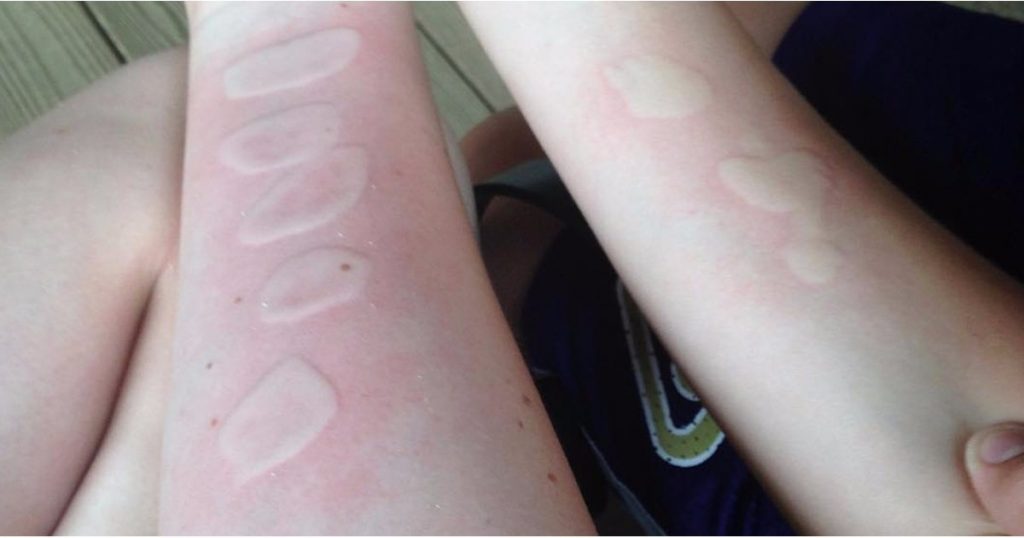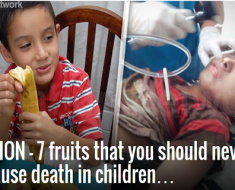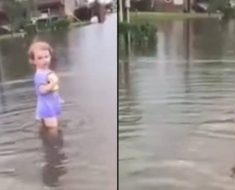weens and teens are challenging each other on social media in a contest that is landing them in the emergency room. Doctors are begging parents to talk to their youth about the hazards of this game and to help them understand its harmful effects.
Called the “salt and ice challenge,” this one is considerably more dangerous than previous ice bucket or mannequin challenges, for example. So dangerous, in fact, that kids are giving themselves second-degree burns similar to frostbite–and they don’t even realize it’s happening.
Screenshot via YouTube
In this challenge, kids are testing themselves to see who can stand the pain the longest from placing salt and ice together on their skin. While it may sound harmless, the salt lowers the temperature of ice to as low as 1.4 degrees Fahrenheit. Because the ice causes their skin to turn red and numb anyway, the kids engaging in this harmful challenge don’t actually know they’re giving themselves second-degree burns.
Permanent damage can occur within just five to 10 minutes. Kids who are participating in the salt and ice challenge are posting pictures of their burns on their social media accounts as proof, which is encouraging even more kids to try it. Kids as young as eight have reportedly been engaging in this dangerous game
Screenshot via YouTube
Dr. Brian Wagers, pediatrician at Riley Hospital for Children at IU Health in Indianapolis, Indiana, said the challenge has been around for years, but continues to circulate and gain in popularity among the younger crowd. He told Fox59 that he’s treated several children for injuries sustained by this game in the last year alone.
“Some of the pictures you’ll see on the internet and YouTube, those kids have third-degree burns. I mean, it turns it to leather essentially. So you lose the blood vessels that are in there. You lose sensation, because of the nerve endings … You’ll never have hair if you did it on your arms. So you’ll have a bald patch.”
Watch just how dangerous this game really is.
Doctors across the country are asking parents to speak with their children about this challenge and to emphasize to them just how harmful it can be. Also, parents should monitor their kids’ social media accounts to see if they or their friends are sharing pictures of them having participated in the game, so that medical attention can be administered if necessary.








